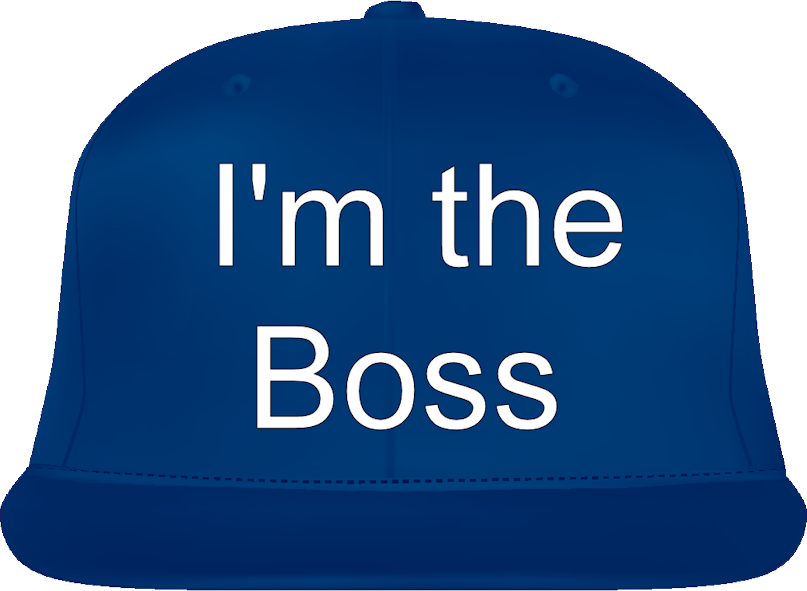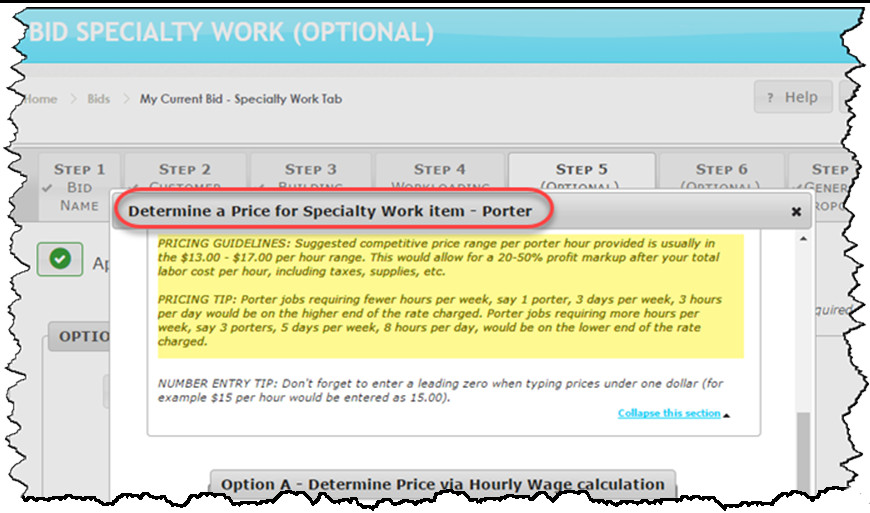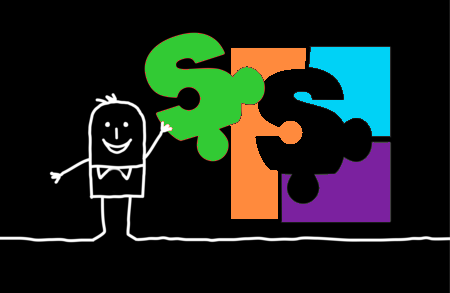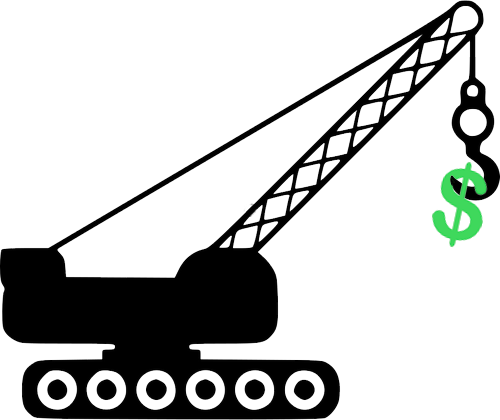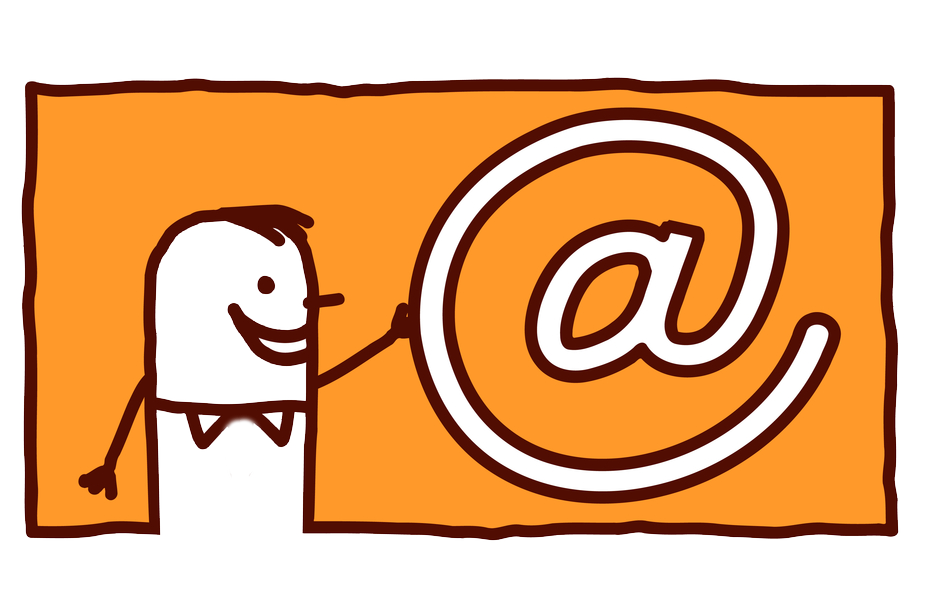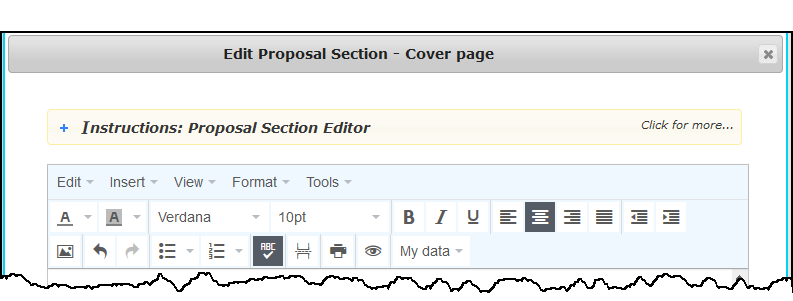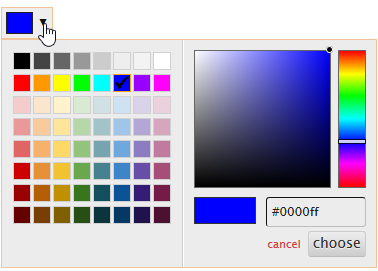Happy New Year! Are you ready for a more successful year with
your cleaning company? Are you setting janitorial business goals? Regardless of how you answered the first question, your company will not be as successful if you answered no to the second one!
“The plans of the diligent lead surely to abundance, but everyone who is hasty comes only to poverty.” King Solomon, 970 BC
You’ve all heard the saying, “failing to plan is planning to
fail.” Sounds a bit corny, but it’s wholly tried and true, especially in
business. Solomon understood this 3,000 years ago, and I hear he was pretty wise.
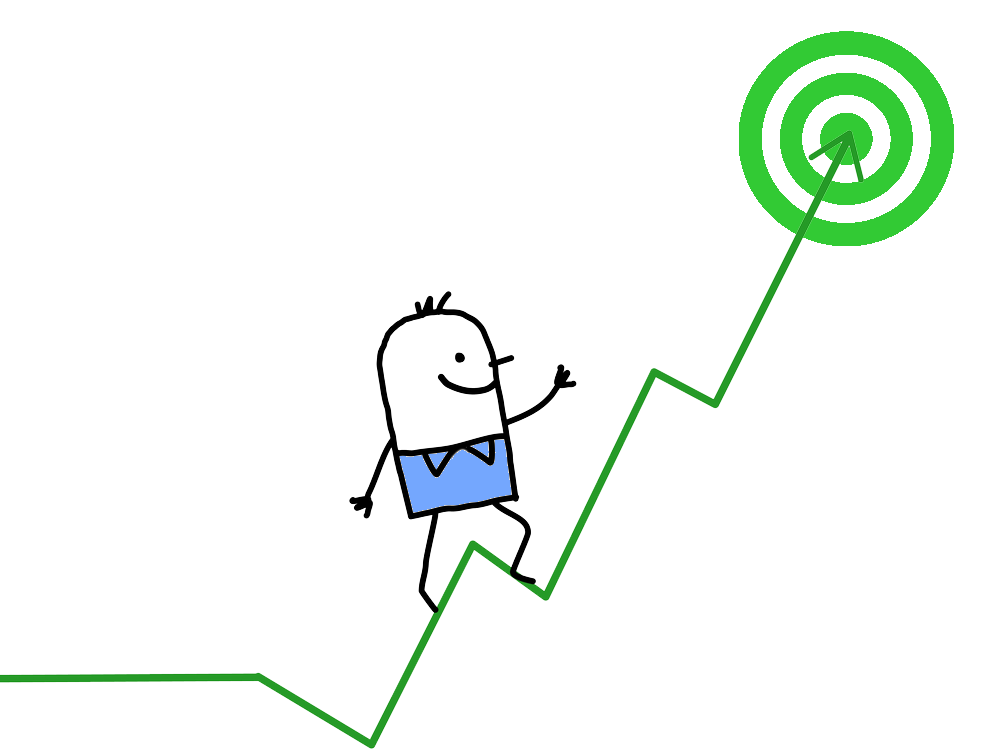
Here’s a few telling statistics for you to ponder and yes, be encouraged by:
More than 80% of the 300 small business owners surveyed in
a recent 4th Annual Staples National Small Business Survey, said that they don’t keep track of their business goals, and 77% have yet to achieve their vision for the company.”
According to the Small Business Association (SBA), 30% of
new businesses fail during the first two years of being open, 50% during the first five years and 66% during the first 10.
Is it a wonder that so many small businesses fail due to
lack of Goal setting and planning? The good news is that 23% HAVE indeed
achieved their vision! Again, the good news is that 70% are STILL in business after two years, 50% after five years and 34% after ten years in business!
If you’re just starting out in business, have faith and trust that you can do it! Set clear janitorial business goals and plan a path to achieve them. If you’ve been in business for a while and have had any level of success, I’d bet you’re in the 20-25% of companies that take their business seriously and have a vision with both goals and a plan to get there!
There are countless books, eBooks, online courses and
available resources on the internet today about Business Plans, Goal Setting, Financing, Planning, Management, Reporting, Cash Flow, Budgeting, Training, Supply Chain Management, Organizational Structuring, Motivating Staff, and the list goes on. The purpose of this blog is not to tell you exactly how to establish goals, but rather to convince you of the importance of it and encourage you to start if you haven’t already.
Based on my faith plus experience in the Janitorial Industry, here are a few things that have worked well for me and kept me in business for three decades!
- HAVE A VISION:
A vision for your business is, where do you “see” it going. What do you want it to become? If you don’t know where you’re going, you simply cannot and will not get there. It’s as simple as that. Everyone’s vision is a bit different, and that’s ok. It’s been said, “without a vision, the people perish.” For me I want my vision to align with God’s vision and plans for my life. I want my motives to grow my business, not to be based on selfish ambition, but rather to be in alignment with the more significant purpose and plans for my life and the lives of those I touch. To me, that’s the vision that brings me closest to perfect peace, which is my #1 Goal.
- ESTABLISH YOUR GOALS:
I have many short-term and long-term janitorial business goals. My vision is the foundation of each goal, which becomes my target. And each Target Goal needs to be observable with measurable (Quantifiable) objectives to be achieved within a given time frame.
For example – Increase Janitorial Proposals submitted by 20% in the first quarter of 2019 compared to the first quarter of 2018.
- MAKE A PLAN:
Your plan is the “How” to achieve your goal. It’s a “written” plan how you work out the details beforehand with the necessary steps to accomplish your objectives. You’re the coach, and it’s the action/game plan to help you win the game. For example: Goal: Increase Janitorial Proposals submitted by 20% in the first quarter of 2019 compared to first quarter 2018. Plan to achieve Goal by March 31, 2019: Determined # submitted in 1Qtr/2018 was 25. The goal is 30. Increase email marketing list of potential customers by 20%, from 600 to 720. Increase the frequency of email marketing and direct mail campaigns by 20%, from once a month to once every three weeks. Increase current cold calls from 10 per week to 12. By Feb 1, 2019, Start a monthly email and direct mail, Monthly Informative Newsletter to existing and potential customers, establishing us as an expert in our field.
- TAKE ACTION:
Just Do It! Do what you can and delegate others to your staff. Say, you create the customer lists because you know your target customer better than anyone. Give Tom the newsletter assignment, with parameters and objectives, since he’s great at stuff like that. Have Sara and Jane tweak some ad content with different calls to action and schedule the mailings every three weeks. Make it a team effort!
- REVIEW RESULTS, TWEAK, REPEAT:
Review results weekly. Were they realistic? What’s working? Have you accomplished any of them? Are you happy with the outcomes? If not, tweak it a bit, it’s not set in stone. Repeat, keep reviewing and tweaking (if necessary). You can do this! It’s really not that complicated. Have faith!
Consider this: One of your janitorial business goals should be generating more cleaning bids than last year. When you get requests for a Janitorial Proposal, that’s when you’ll need to create professional, profitably priced Cleaning Proposals to win the jobs… If you’re looking for a proven competitive edge – my automated best practices – I encourage you to try a free 30 day trial of CleanlyRun Janitorial Bidware.
Check us out at CleanlyRun.com… Let’s grow your business!


